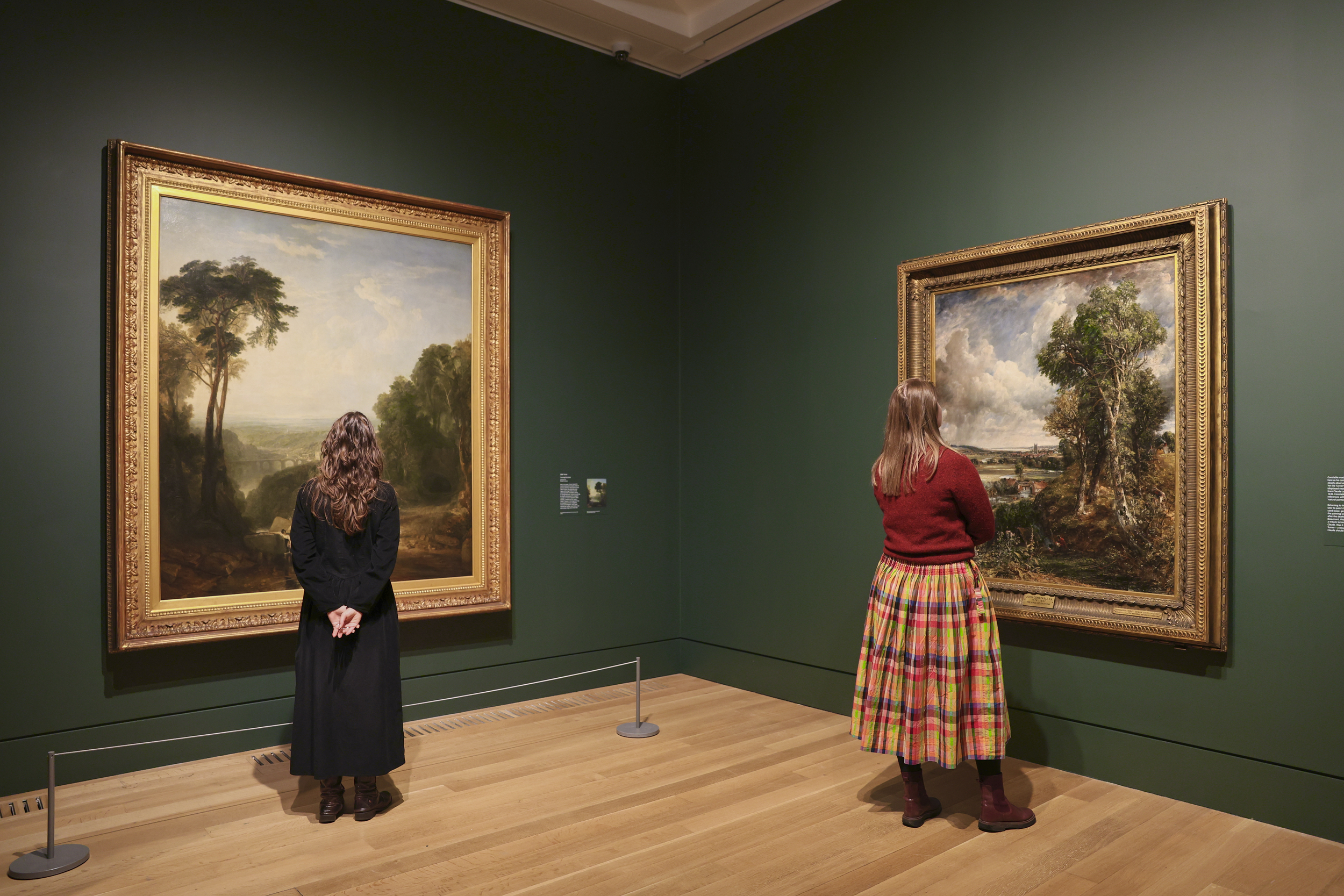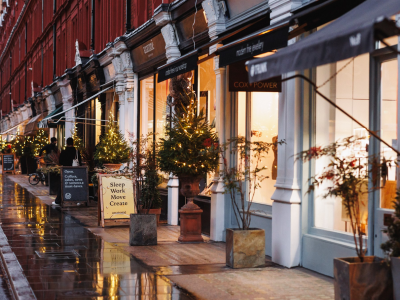This week, art connoisseurs descended upon Tate Britain as it opened the doors to its new exhibition, Turner & Constable Rivals & Originals. Focusing on no other than Joseph Mallord William Turner and John Constable, two prominent British landscape artists born within a year of one another, who were more often than not, pitted against each other.
Inside the Tate Britain Turner and Constable Exhibition
27th November 2025
The art world has this week been celebrating one of its most famous feuds with the opening of the new Tate Britain Turner and Constable exhibition. We take a look at the two artists whose fiery rivalry was likely the driving force behind their respective success.
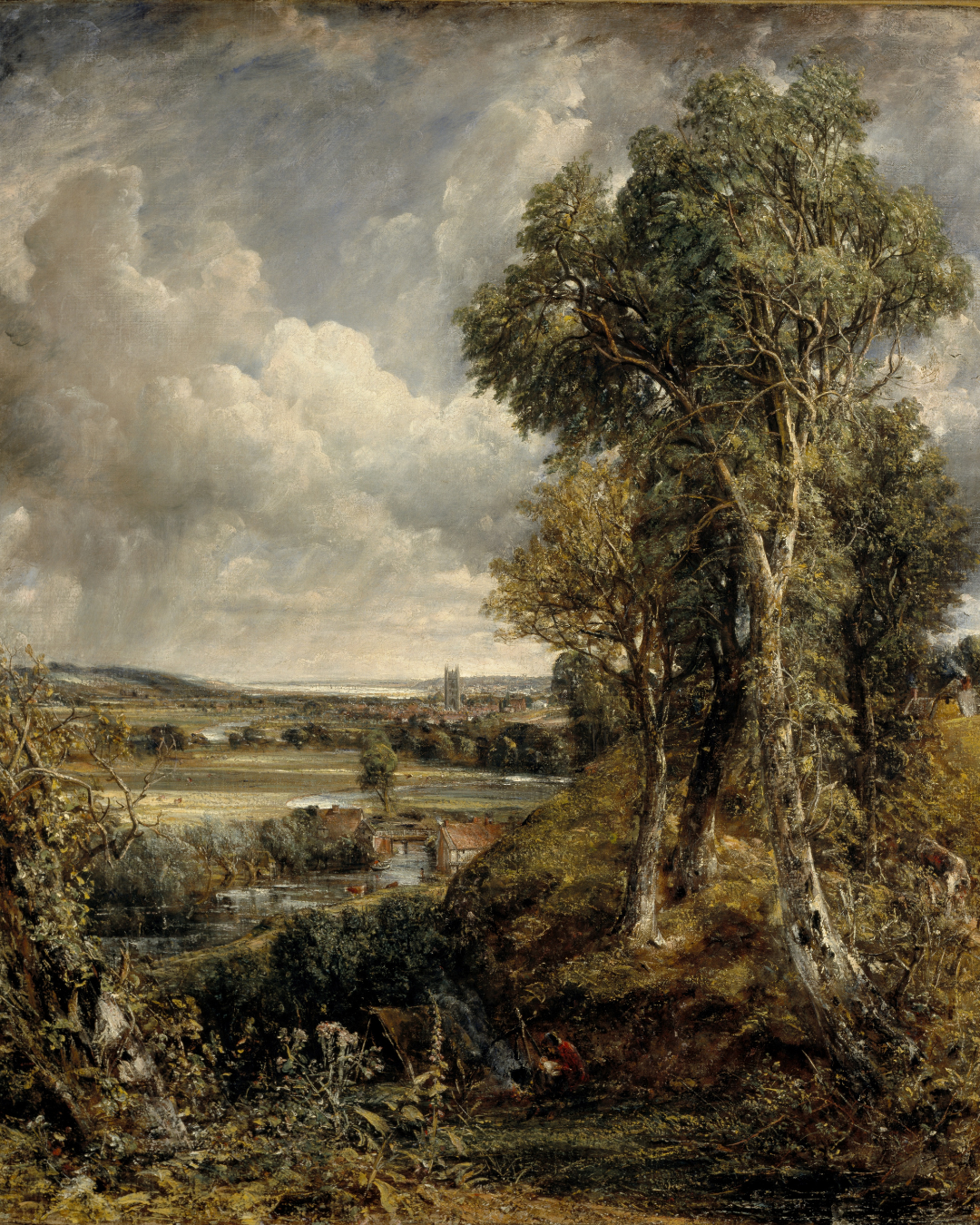
Although they’re often viewed as similar, in fact, when examined side by side, they are radically different in both style and personality. Senior Curator of Historic British Art at Tate, and curator of the exhibition, Dr Amy Concannon, at the exhibition preview referred to Constable as “quite a homeboy” —18th-century code for unworldly?
Whereas, she tells us, “Turner knew that he needed to go out of Britain for inspiration”, fleeing to the Napoleonic walls, the Alps and Italy to capture a variety of terrains, therefore, requiring a constant change in colour palette.
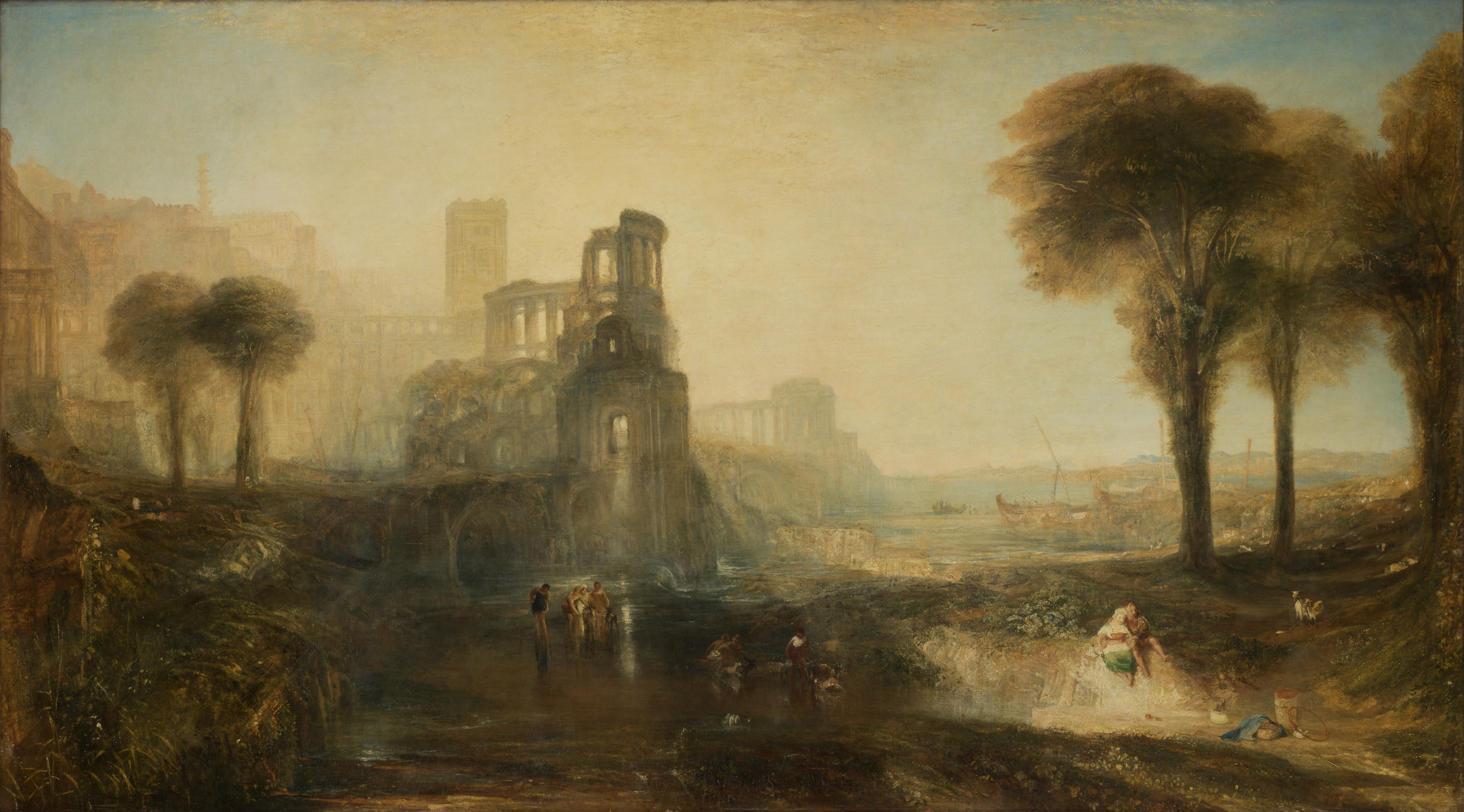
The exhibition superbly unpicks the rivalry between the two with clarity and nuance, aligning perfectly with the 250th anniversary of their births. With over 170 paintings and works on paper, it is the first major attempt to track Turner and Constable’s careers in parallel, from early sketchbooks to the visionary late works that cemented both their reputations. It also lays out the interesting narrative of rivalry that was as much about ambition and innovation as it was personality.
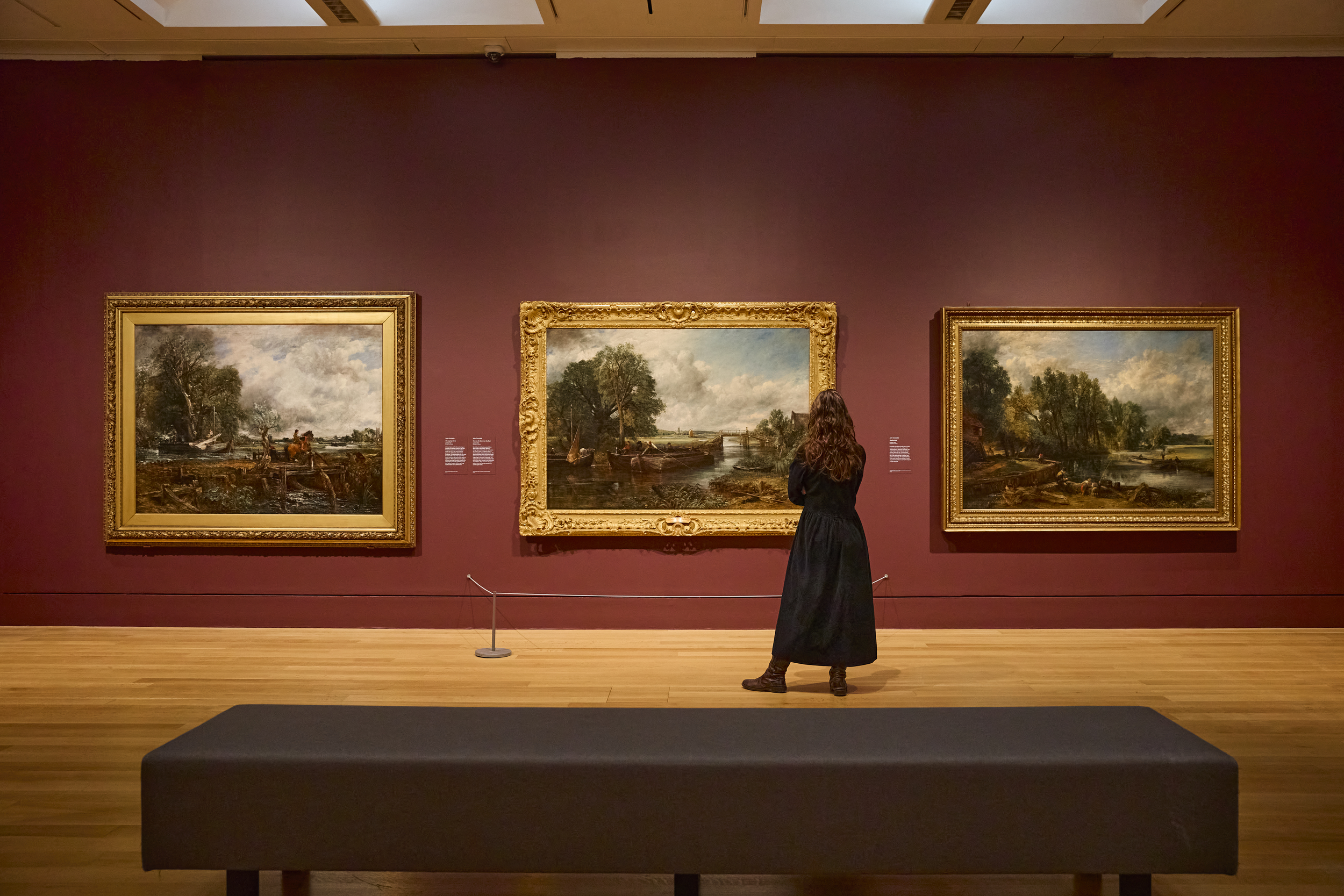
Dr Amy Concannon emphasises that the exhibition offers a “really rare opportunity to see both of their careers from start to finish, from their very earliest works right through to their late works side by side”. The pieces chosen for the exhibition reveal both artists' use of Old Master traditions (a technique favoured by European artists between the 14th and 18th centuries) , their engagement with contemporary issues, their evolving late styles and their critical receptions. Most importantly, it recognises each painter's legacy.
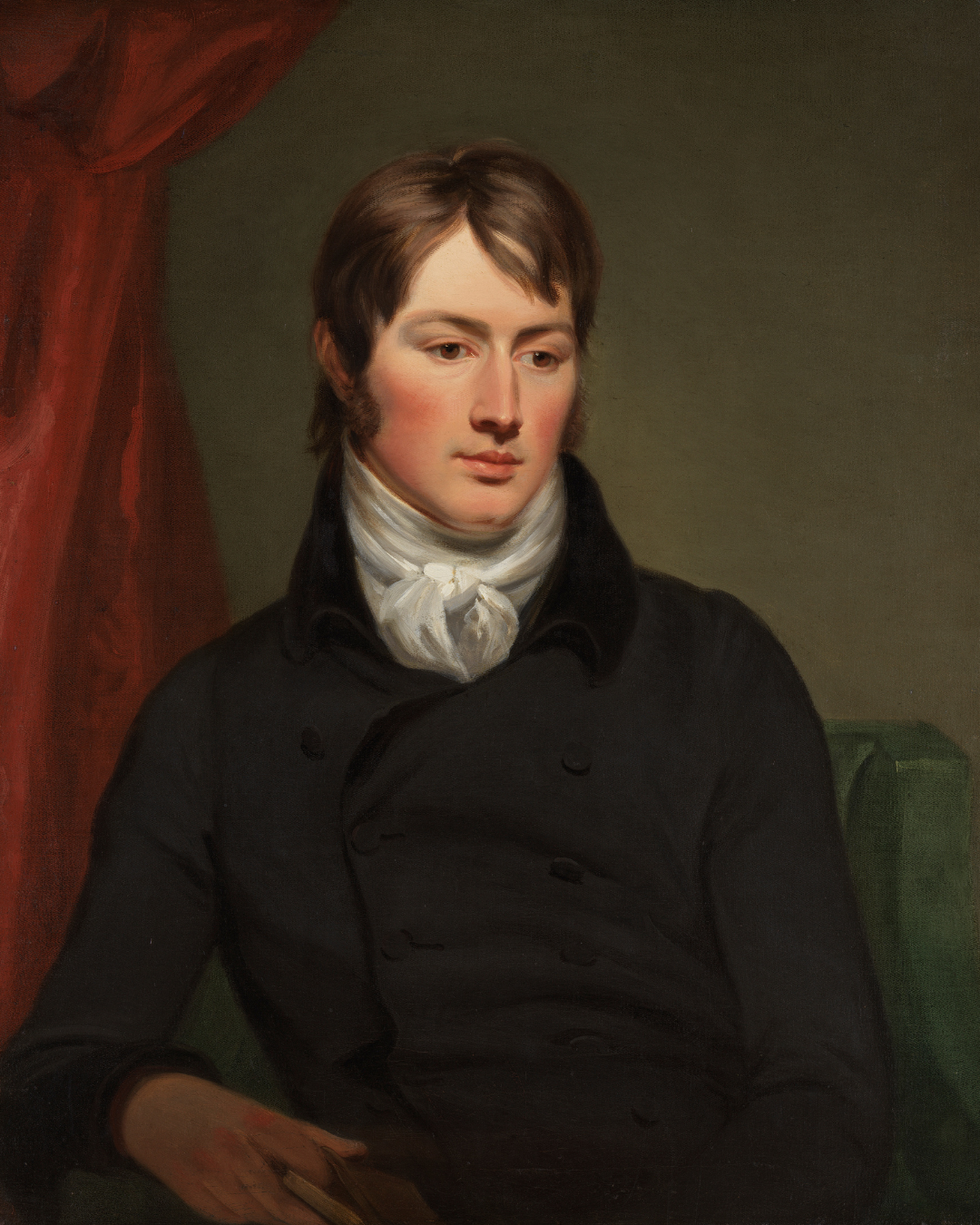
"Not only are Turner and Constable being compared as powerful painters, but they're also being compared as equally flawed painters,” Dr Amy Concannon explains. It is important to note that “Turner and Constable were both in that bracket of progressive painters who were consistently critiqued.”

Constable made a name for himself closer to home, drawing inspiration from the landscapes and natural wonders he was more familiar with. He was especially fascinated by the sky, which he believed was central to landscape painting and in a 1821 letter to his friend John Fisher, he wrote, “is the source of light in nature and governs everything”. His plein-air practice produced paintings that felt alive and fresh, despite critics' complaints that they looked unfinished or lacked polish.
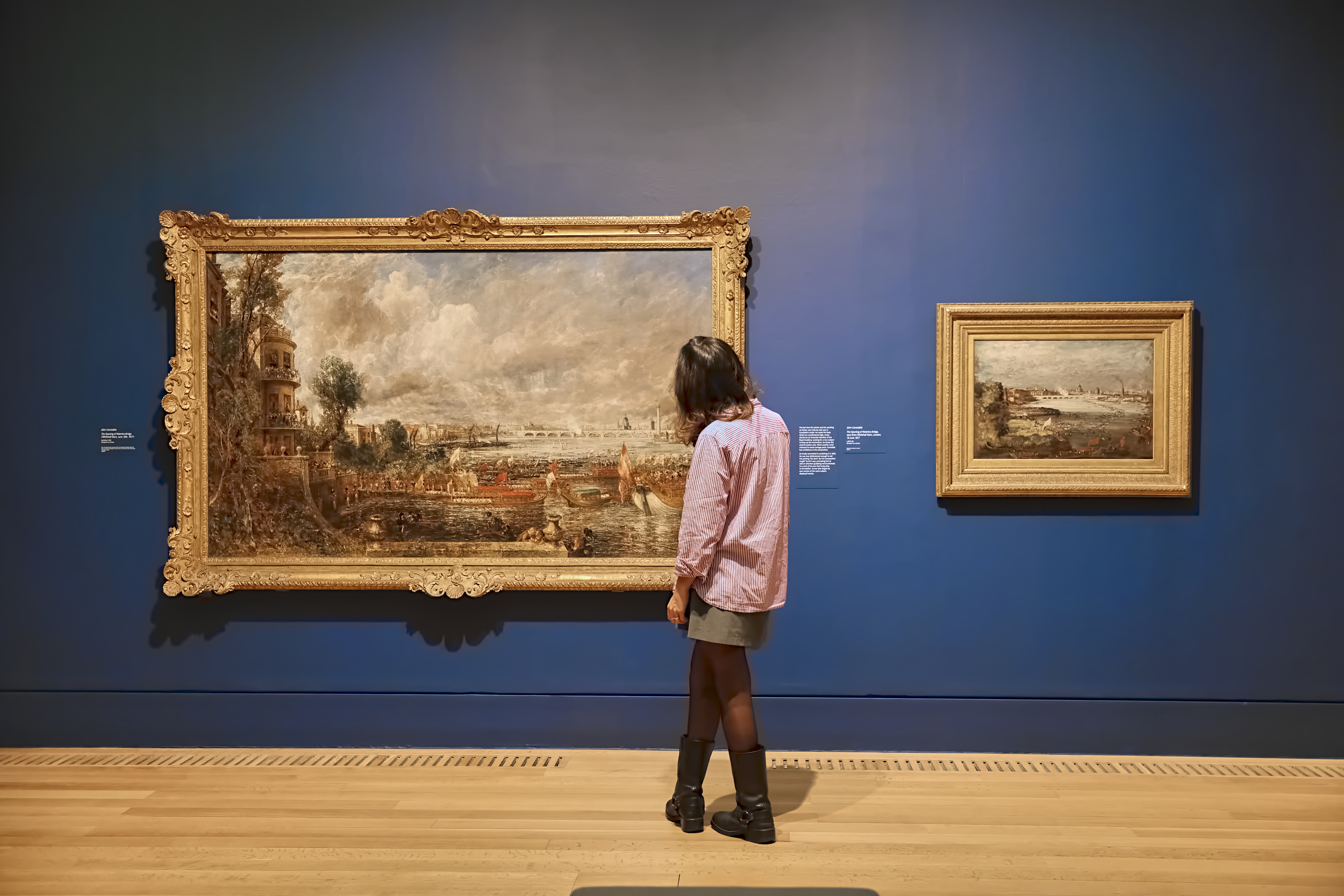
Many believe his work wasn’t as popular as Turner’s due to its size. When a six-foot painting by Constable was featured at the Frick Collection in New York; it was the first time he was directly compared to Turner. Thanks to the significant and resulting press attention, his success skyrocketed. Suddenly, Constable was seen in the same league as Turner.

Turner, of course, is viewed “as an innovator” whose “art challenged and provoked”, according to Tate Britain Director, Alex Fox. It’s for this reason, and his “pre-eminence in British art history”, that Tate named its most famous accolade, the Turner Prize, after him. The prize, given annually to a British artist who has created an outstanding exhibition or presentation of their work, is a testament to Turner’s lasting influence on British art.
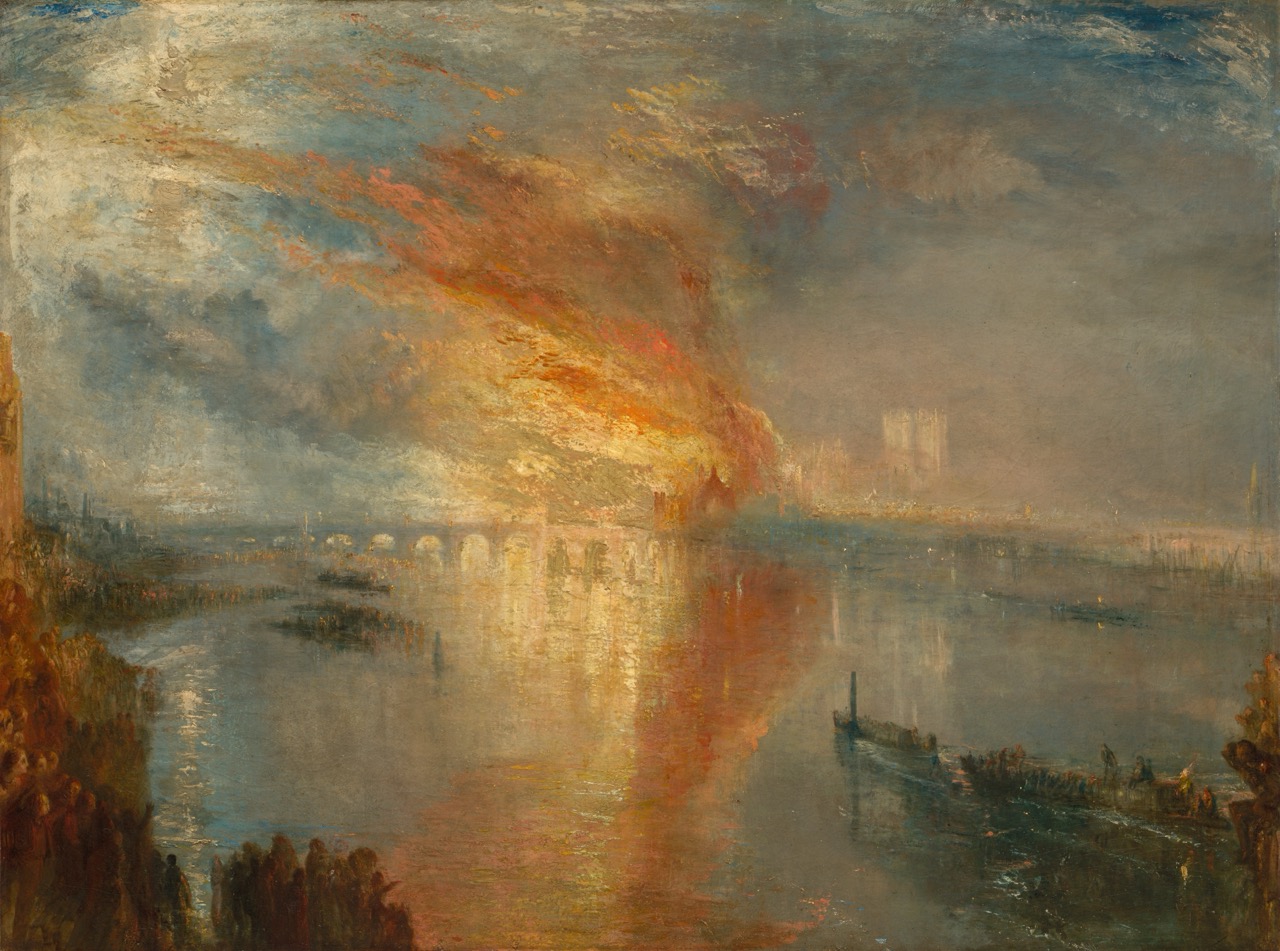
The show concludes with a short film featuring Bridget Riley, Frank Bowling, Emma Stibbon and George Shaw, each reflecting on Turner and Constable’s influence today. It’s a fitting reminder that whilst the two painters may have been considered rivals, that subtle, sustained and often silent competition between the two became an underlying motivator for their success. Driving both artists towards originality, whilst creating a combined legacy that continues to shape how we interpret different landscapes today.
Turner & Constable Rivals & Originals is showing from 27 November 2025 – 12 April 2026. Tickets can be purchased directly from tate.org.uk
